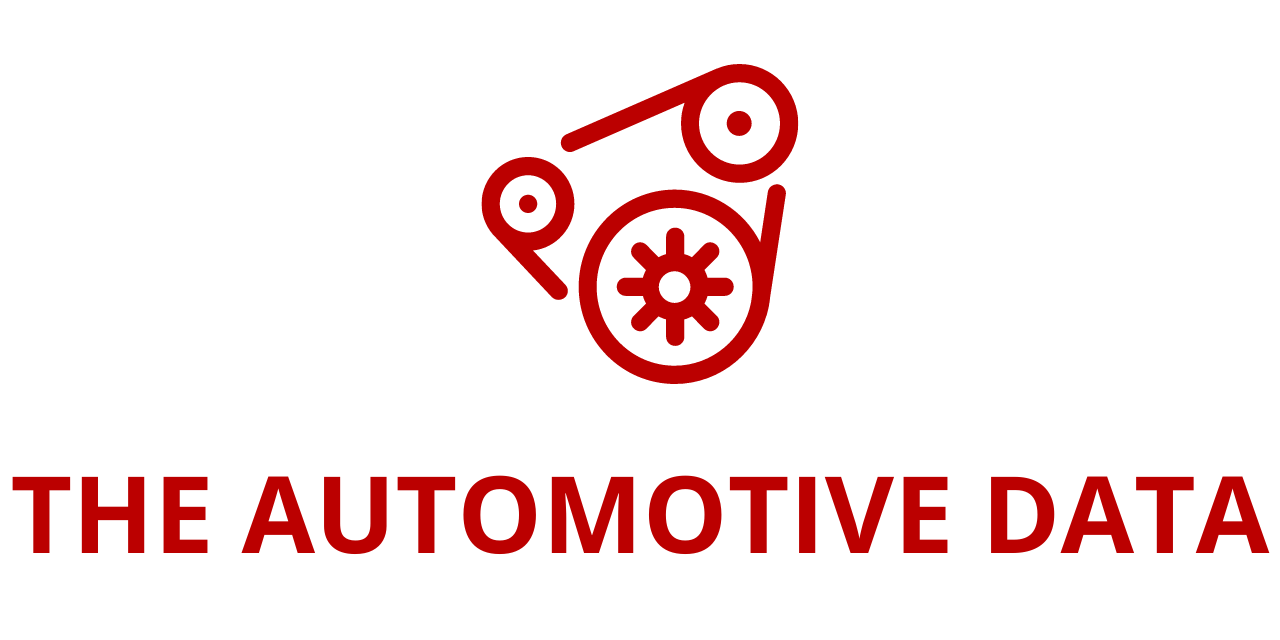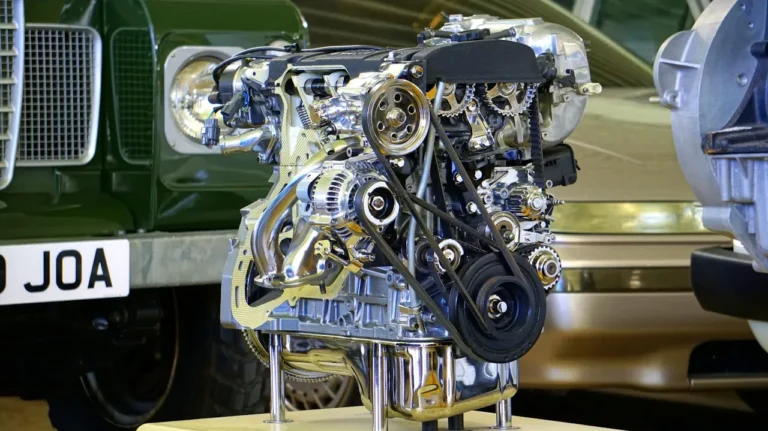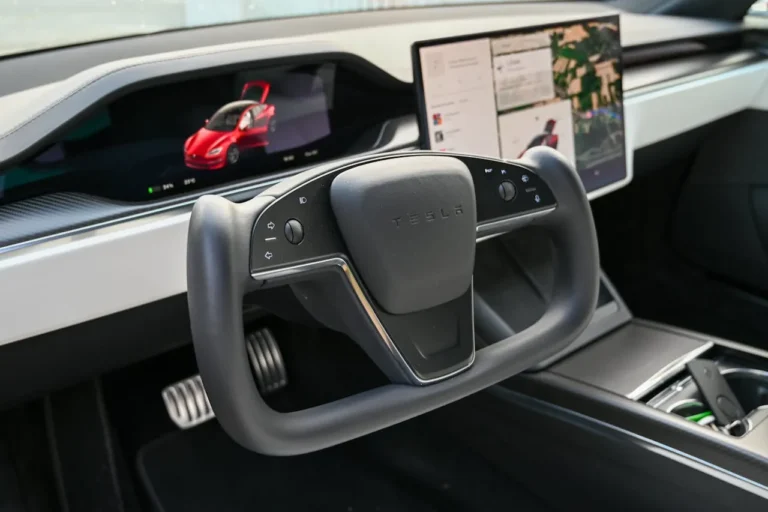
Auto racing is the epitome of analog competition—drivers face off against each other, and cars battle on the track, all in real-time. The objective remains unchanged since the sport’s inception: be the first to cross the finish line. However, it may come as a surprise that artificial intelligence (AI) and machine learning are becoming integral to General Motors’ racing strategy. From NASCAR to IndyCar, AI is playing a crucial role in helping GM excel on the racetrack.
No driver competes in isolation. Every elite racing team relies on a team of experts monitoring the car, the driver, competitors, and track conditions to develop a real-time racing strategy. Many racing series even permit onboard telemetry systems, which send vehicle data back to the pit crew for an up-to-the-second overview of car performance. Drivers maintain constant communication with their team via onboard radios, while analysts track lap times and stay alert for traffic and accidents.
This results in a continuous, overwhelming flow of data that exceeds human capacity for real-time evaluation. Therefore, where regulations allow, GM integrates AI into its racing operations. At GM’s Charlotte Technical Center in North Carolina, racing engineers and motorsports analysts oversee Chevrolet and Cadillac race cars competing hundreds or thousands of miles away. With the assistance of AI, these experts receive crucial data almost instantly, enabling them to make quick, informed decisions in the fast-paced world of racing.
AI at the Charlotte Technical Center plays a vital role in transcribing drivers’ radio conversations in real-time, ensuring analysts remain updated and can respond to feedback from drivers. Since off-the-shelf transcription tools struggle with the loud background noise and specialized jargon of race-day communication, GM developed a proprietary AI tailored to the demands of racing. This technology captures every word, allowing analysts to monitor various topics simultaneously or track multiple drivers’ communications for updates on changing track conditions that may necessitate adjustments to the cars.
In racing series that permit telemetry from car to pit, AI meticulously analyzes the data to optimize pit strategies. By monitoring fuel consumption and employing simulations to forecast tire wear, AI assists race teams in determining the optimal time for refueling and tire changes. A poorly timed pit stop can drastically drop a leading car to the back of the pack, making a precise pit strategy essential for success.
AI not only processes the digital data from the car but also assesses its condition in real-time. Race team photographers capture images of cars as they speed by to document any crash damage or mechanical issues. Previously, it took valuable minutes for these photos to reach the team for analysis. Now, AI tags each image within seconds, alerting engineers to any detected damage. Conversely, this technology can inform teams when a car escapes a crash without harm, helping them avoid unnecessary pit stops for damage checks.
While racing remains fundamentally a human-driven sport, with drivers and strategists competing against time and rivals to secure victory, AI enhances human capabilities. By filtering and prioritizing critical data, AI enables teams to make informed decisions, resulting in more exciting and competitive racing.







